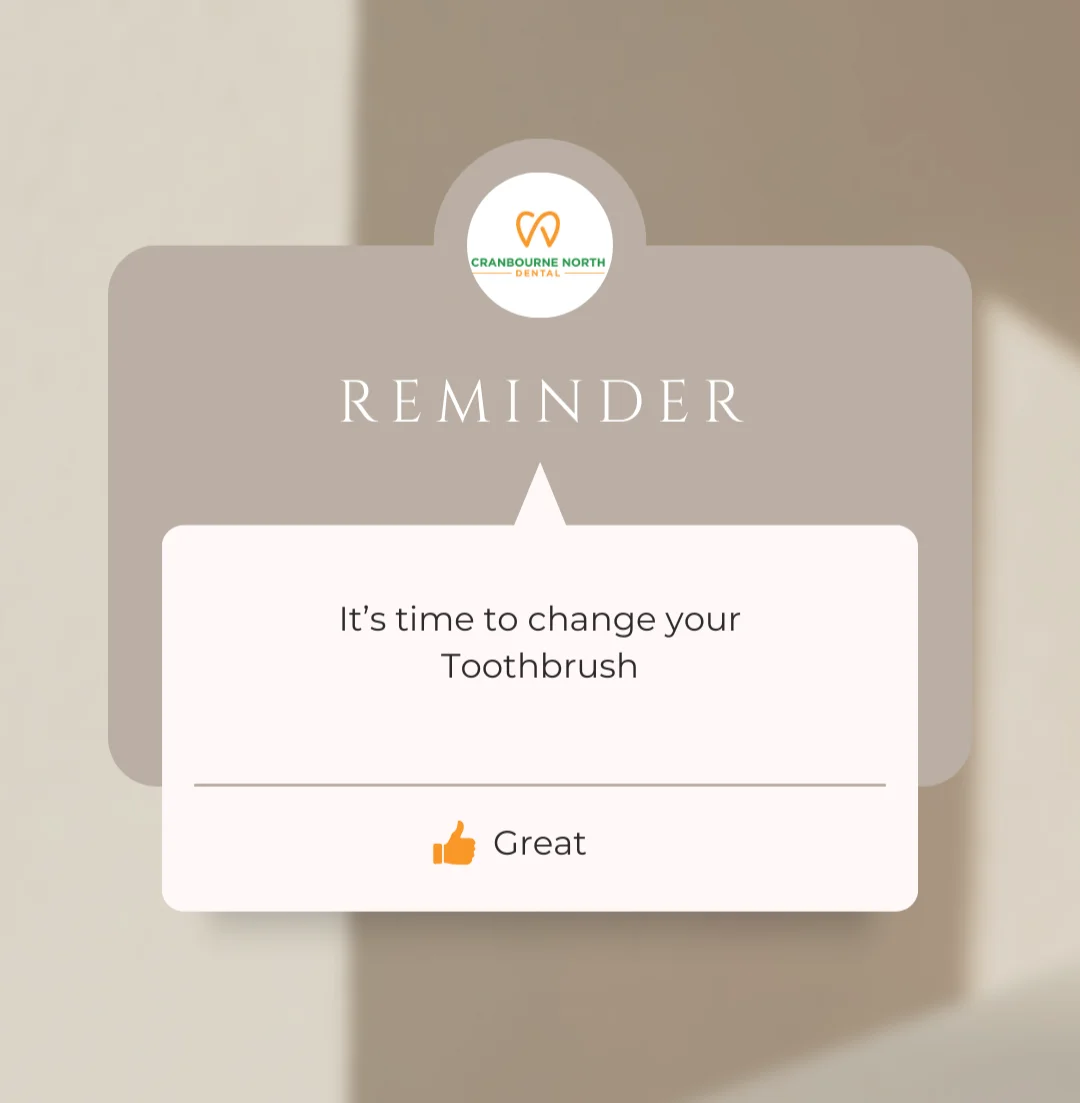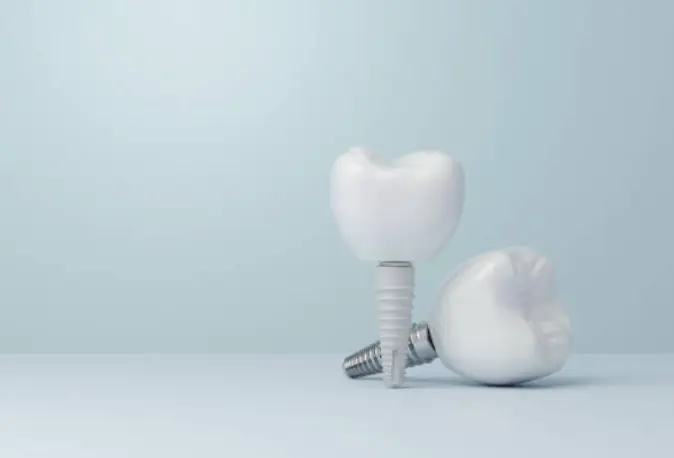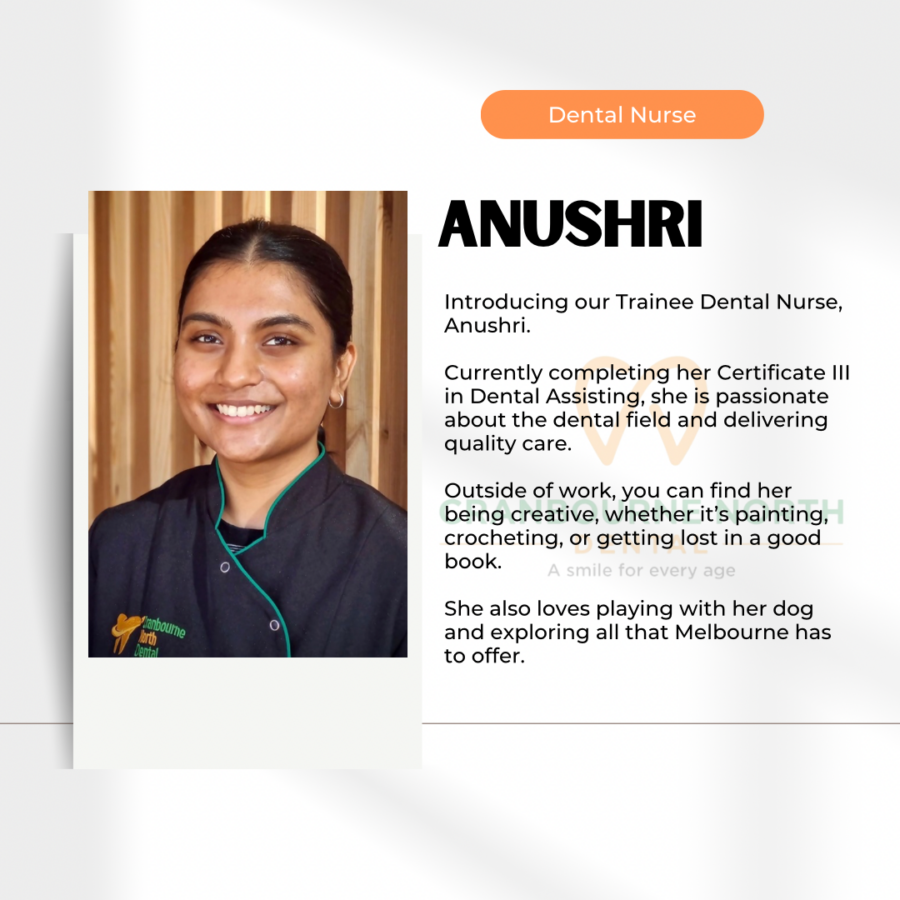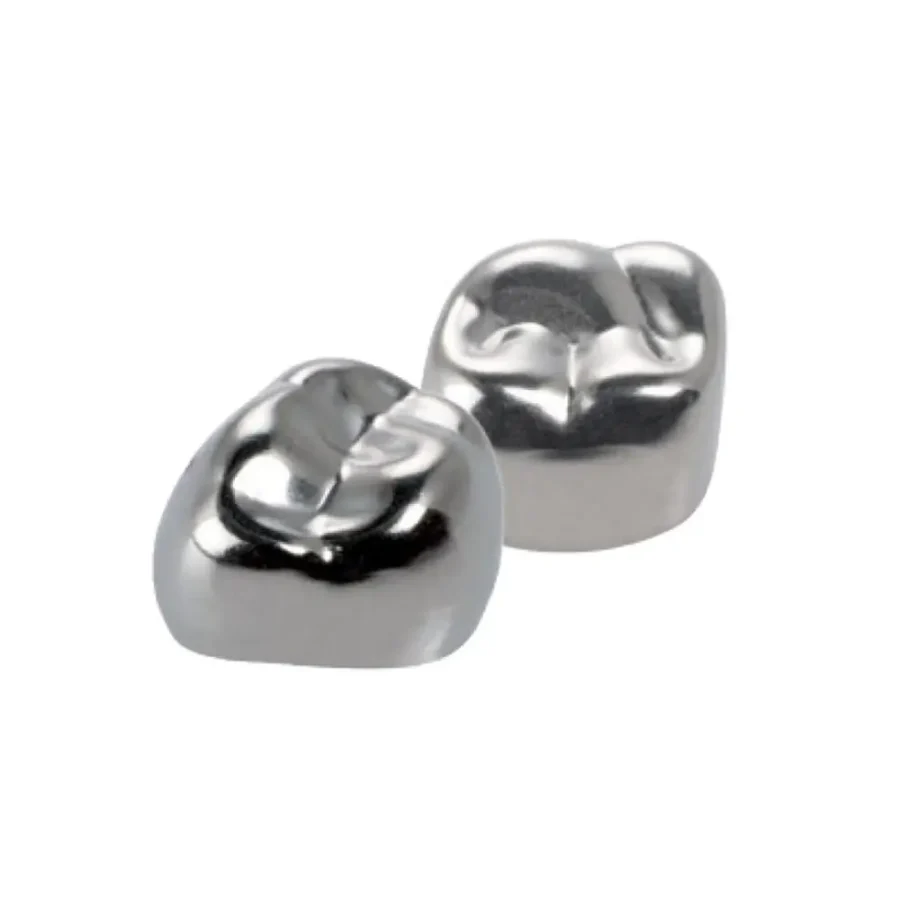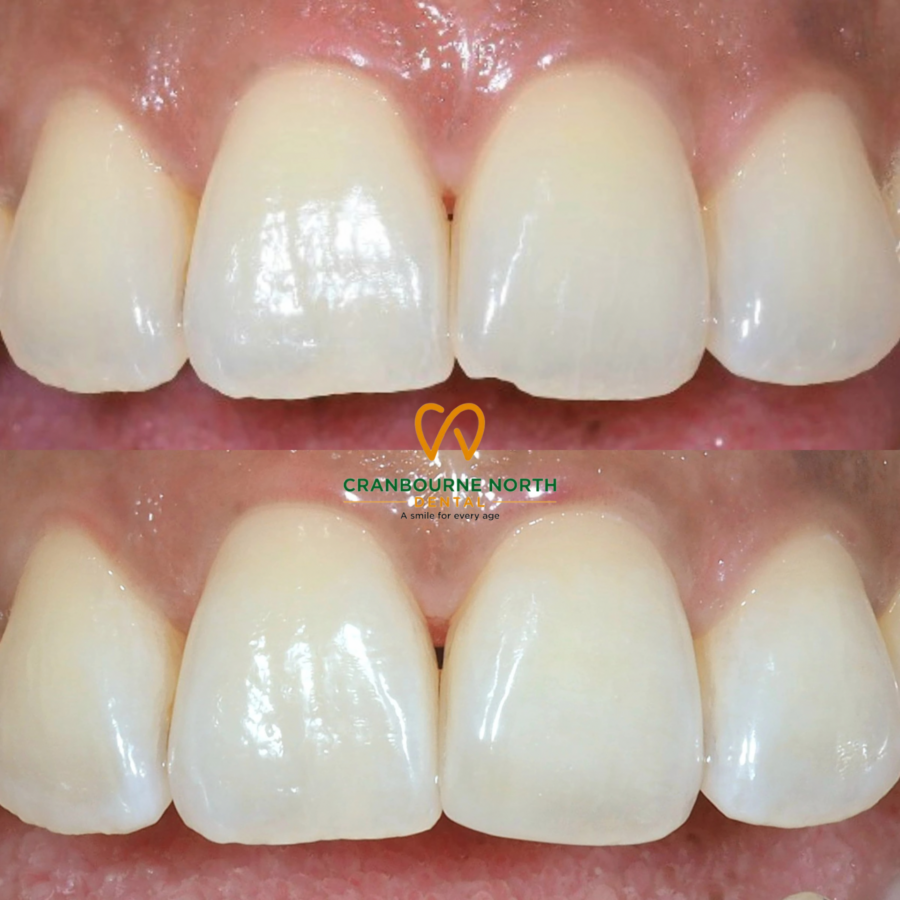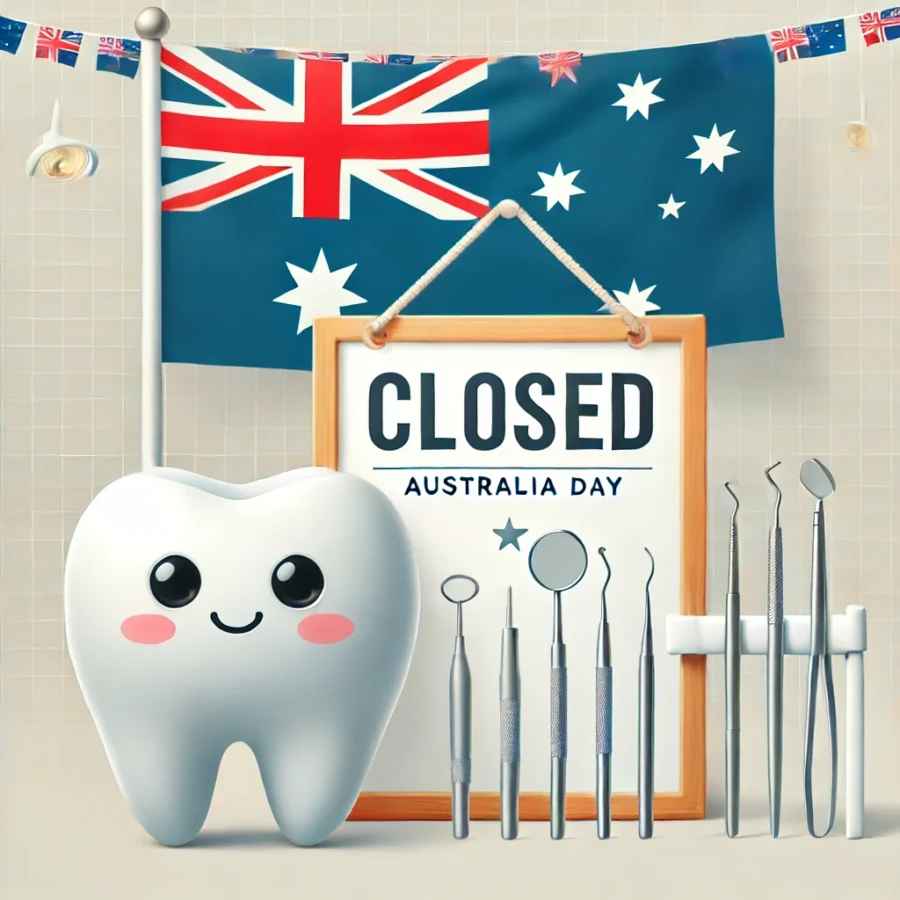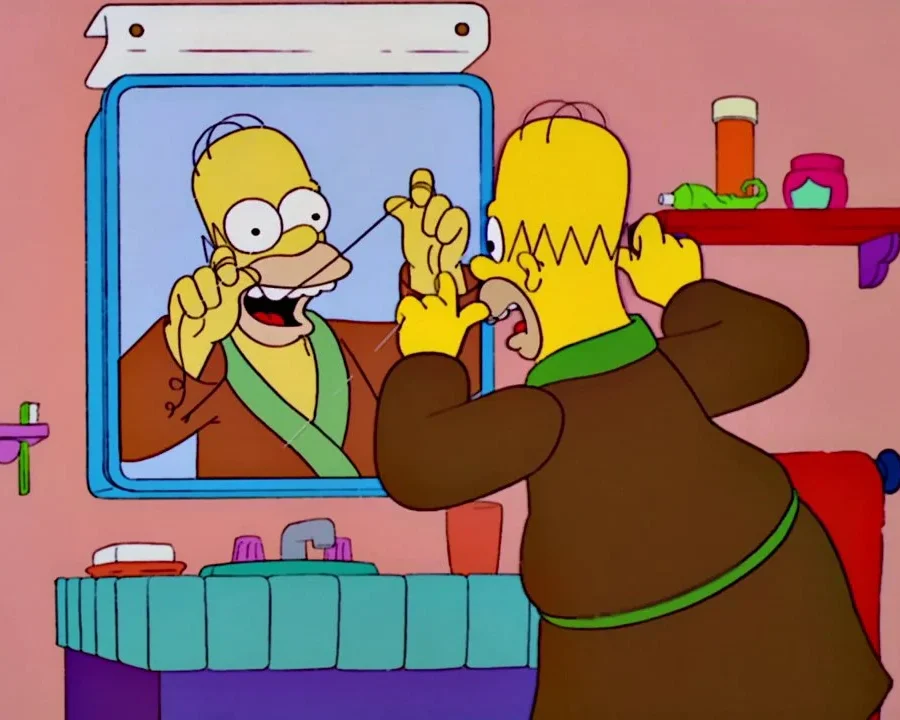How often do you change your Toothbrush / replace your Electric brush head? 🤔
As health professionals, we recommend a new brush for every season.
Remember: When it’s time to brush the leaves, it’s time to change your brush.
Happy Autumn (& happy brushing) 🥰🍂🍁
Why It’s Time to Change Your Toothbrush (and How Often You Should)
When was the last time you changed your toothbrush? If you’re unsure, it’s probably time to make a switch! Many of us are guilty of holding on to our toothbrushes longer than we should, but using an old, worn-out toothbrush can do more harm than good to your dental health. Let’s dive into why replacing your toothbrush regularly is so important and how often you should do it.
Why You Need to Change Your Toothbrush Regularly
Your toothbrush is your first line of defence against plaque, bacteria, and gum disease. Over time, the bristles of your toothbrush wear down, making them less effective at cleaning your teeth and removing debris. But that’s not all—your toothbrush can also become a breeding ground for bacteria, especially when left in a moist environment like the bathroom.
Here are a few key reasons to replace your toothbrush regularly:
Bristles Wear Out: Worn-out bristles lose their ability to properly clean the surfaces of your teeth and get into those hard-to-reach areas, which can lead to plaque build-up and tooth decay.
Bacteria Build-Up: Old toothbrushes can harbour harmful bacteria, which can be reintroduced into your mouth every time you brush. This could increase the risk of oral infections or worsen existing conditions like gum disease.
Frayed Bristles Can Harm Gums: Frayed bristles are not only ineffective but can also irritate your gums, causing discomfort and even contributing to gum recession over time.
Illness Prevention: If you’ve recently been sick, changing your toothbrush can prevent reintroducing harmful bacteria or viruses into your system.
How Often Should You Change Your Toothbrush?
The general recommendation from dentists and the Australia Dental Association (ADA) is to replace your toothbrush every 3 to 4 months. However, there are a few circumstances where you may need to change it sooner:
Frayed Bristles: If you notice the bristles on your toothbrush are fraying before the 3-month mark, it’s time for a replacement. Bristles that splay out are no longer doing their job.
After Illness: If you’ve recently had a cold, flu, or any other illness, it’s wise to change your toothbrush to avoid reintroducing germs into your system.
Unpleasant Odours or Discoloration: If your toothbrush smells bad or looks discoloured, it’s probably time to toss it and get a fresh one.
Choosing the Right Toothbrush
When replacing your toothbrush, make sure to choose one that fits your needs. Whether it’s manual or electric, the most important factor is the bristles. Opt for soft-bristled toothbrushes, as they are gentle on your gums and effective at cleaning your teeth without causing damage. Hard-bristled brushes can be too abrasive, leading to gum irritation and enamel wear.
Caring for Your Toothbrush
To maximize the lifespan of your toothbrush and keep it as hygienic as possible, follow these simple tips:
Rinse Thoroughly After Each Use: Rinse your toothbrush under tap water to remove leftover toothpaste and debris.
Store Upright and Air Dry: Avoid storing your toothbrush in closed containers, as this creates a moist environment for bacteria growth. Keep it upright and allow it to air dry after each use.
Avoid Sharing Toothbrushes: Never share toothbrushes with others, as this can spread germs and bacteria.
A Fresh Brush for a Healthy Smile
Changing your toothbrush regularly is a simple step that goes a long way in maintaining good oral hygiene. By swapping out your old brush for a new one every few months, you ensure that your teeth and gums are getting the care they deserve.
So, if it’s been a while since your last toothbrush replacement, take this as your reminder to freshen up your brushing routine. Your smile will thank you!
Here’s an article doing a review on why we should try to change our toothbrushes more often: https://www.ncbi.nlm.nih.gov/pmc/articles/PMC4535112/

